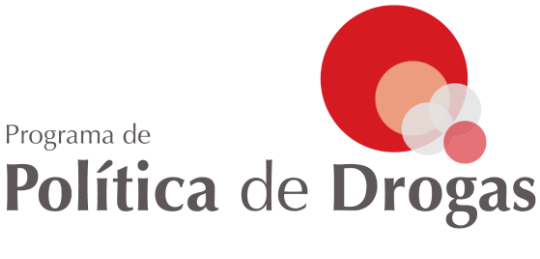Age-specific rates of onset of cannabis use in Mexico
Abstract
Background: Over the previous two decades, the lifetime prevalence of cannabis use has risen among Mexico’s population.
Aims: Estimate the sex- and age-specific rates of onset of cannabis use over time.
Design: Five nationally representative cross-sectional surveys, the Mexican National Surveys of Addictions (1998, 2002, 2008, 2012) and the Mexican National Survey on Drugs, Alcohol, and Tobacco Consumption (2016). Setting: Mexico.
Measurements: We estimated the age-specific rates of onset of cannabis as the conditional rate of consuming cannabis for the first time at a specific age.
Methods: Time-to-event flexible-parametric models with spline specifications of the hazard function. Stratified analysis by sex and control for temporal trends by year of data collection or decennial birth cohort.
Findings: Age-specific rates of onset of cannabis use per 1,000 individuals increased over time for females and males. Peak rates of onset of cannabis use per 1,000 ranged from 0.935 (95%CI = [0.772, 1.148]) in 1998, to 5.391 (95%CI = [4.924, 5.971]) in 2016 for females; and from 7.513 (95%CI = [6.732, 10.063]) in 1998, to 26.107 (95%CI = [25.918,30.654]) in 2016 for males. Across decennial birth-cohorts, peak rates of onset of cannabis use per 1,000 individuals for females ranged from 0.234 (95%CI = [0.078, 0.768]) for those born in the 1930s, to 14.611 (95%CI = [13.243, 16.102]) for those born in the 1990s; and for males, from 4.086 (95%CI = [4.022, 7.857]) for those born in the 1930s, to 38.693 (95%CI = [24.847, 48.670]) for those born in the 1990s.
Descarga el archivo aquí
Enlace directo aquí
Más Vistos
- The “War on Drugs” in Mexico: (Official) Database of Events between December...
- Deadly force and denial: the military's legacy in Mexico's ‘war on drugs’
- La metanfetamina y el CJNG. Análisis de una reconfiguración del mercado de...
- Age-specific rates of onset of cannabis use in Mexico
- Fragmentation and cooperation: the evolution of organized crime in Mexico
Más Recientes
- The Connection Between Drug-Related Detentions and Drug-Related Violence:...
- “Resulta aberrante su actuar”: Mujeres acusadas de delincuencia organizada
- Where there is smoke, there is fire? Making sense of the past failure and future...
- Civil Society Organizations and Harm Reduction Policy: The Mexican Case
- How frequent and visible criminal violence affects housing prices: evidence from...

